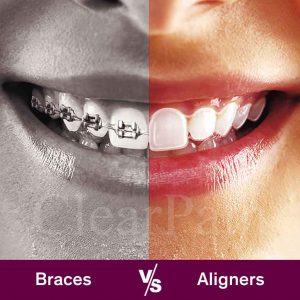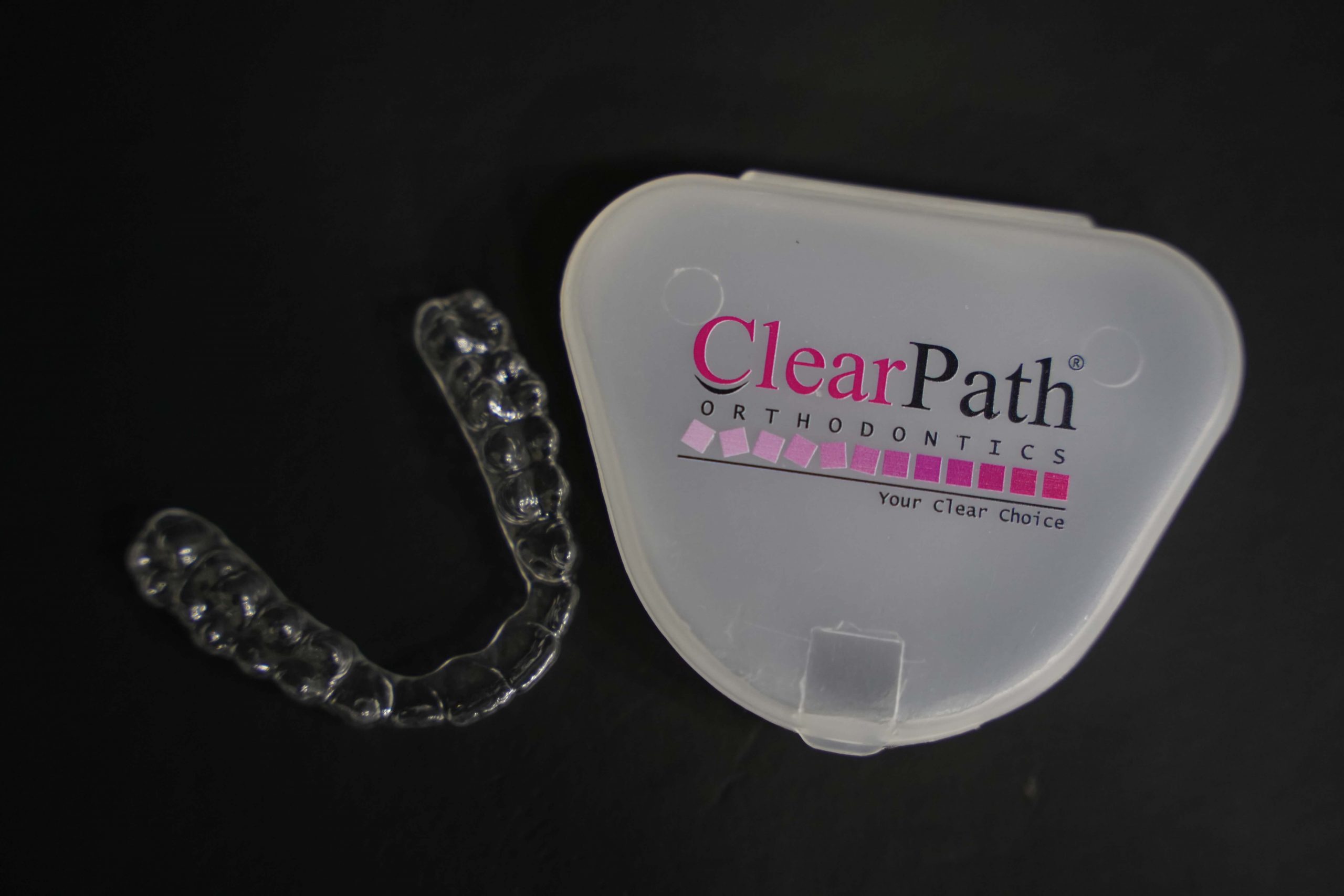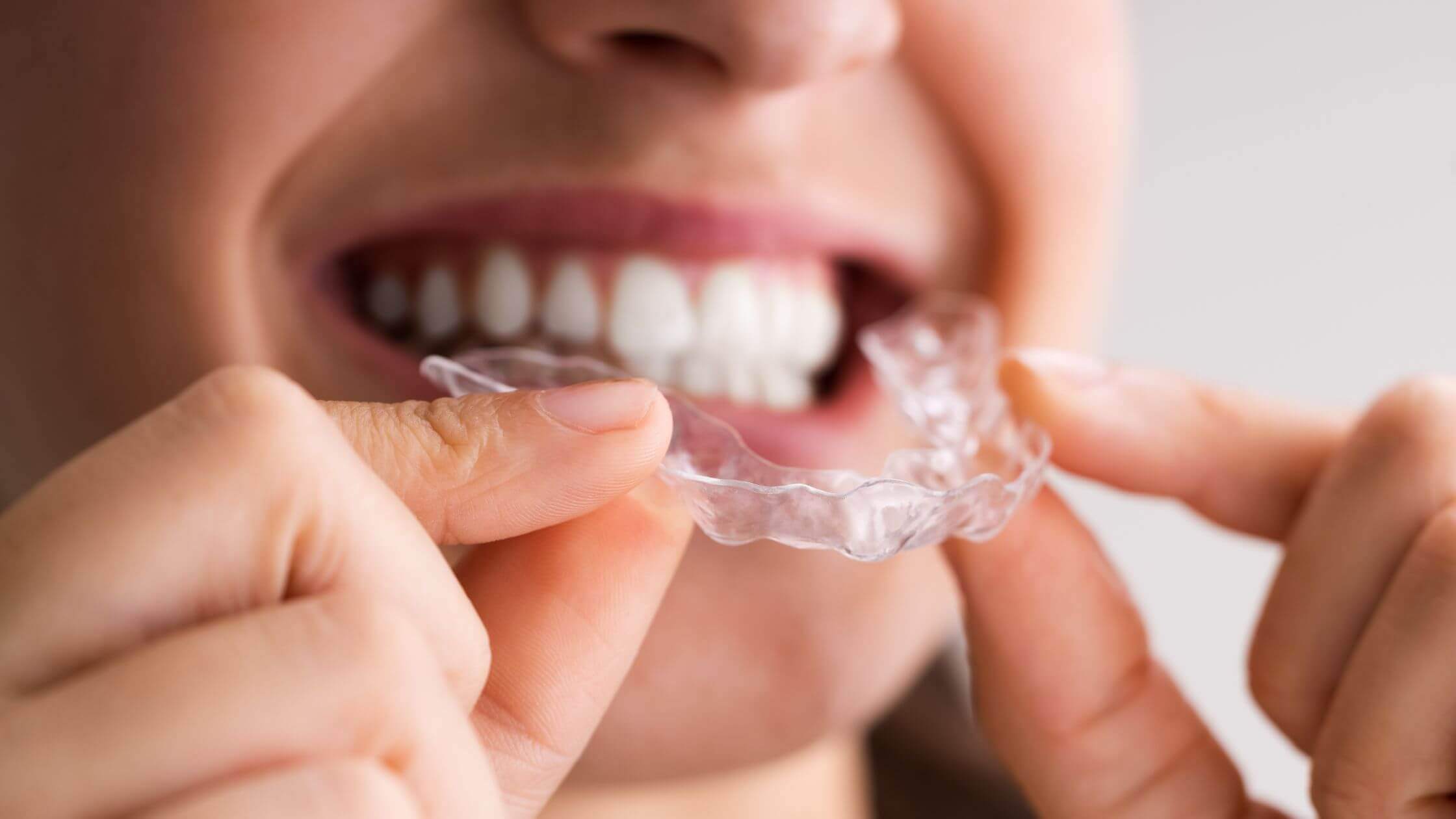Is straightening your teeth using Invisalign something you’re thinking about? Have you been interested in optimizing your experience with ClearPath aligners? Straightening your teeth using aligners is a common orthodontic procedure that can improve your smile’s appearance. Invisalign aligners are a terrific alternative to metal braces for people who wish to improve their smile without the inconvenience of wearing them all the time.
To get the best results with ClearPath aligners, though, you need to put in some work and dedication, just like you would with everything else in life. This article will provide you with some tips from our professional orthodontists with the top 10 Invisalign tricks that will help you get the most out of your treatment.
These recommendations can help you get the most out of your Invisalign experience, whether you’re just starting off or are well into your treatment.
Table of Contents
Toggle1. Use your aligners for a minimum of 22 hours per day:
Invisalign recommends that you wear your aligners for at least 22 hours per day, with the only exceptions being meals and oral hygiene practices like brushing and flossing.
Your treatment time and results will improve proportionally to how frequently you wear your aligners. Your teeth may not move as quickly and your treatment duration may increase if you don’t wear your aligners for the full amount of time prescribed.
Read More: Some Influential Success Stories of ClearPath Aligner Treatment From Misaligned to Perfect
2. Seat your aligners with the help of chewies:
For a more secure fit of your aligners, try using a “Chewie,” a small, cylindrical piece of foam. If your aligners don’t fit as securely against your teeth as they could, try biting down on them. When first switching to a new set, you may experience some discomfort due to the tightness or newness of the contacts. This is when chewies come in handy.
3. Clean your aligners regularly:
Clean your aligners by doing the following:
- Before putting them back in, give them a quick rinse.
- Use a soft bristles toothbrush and a light soap to brush them daily.
- Aligners can be damaged by heating them with water.
Your aligners can become discolored or harbor bacteria if you consume anything other than water while they are in place.
4. Scheduled aligner replacement is essential:
When using ClearPath aligners, you will need to change to a new set of aligners about once every two weeks.
If you want your teeth to move as planned, you need to change your aligners at the prescribed intervals. Treatment time and/or effectiveness can be negatively impacted by missed aligner changes.
Read More: Do Clear Aligners Work?
5. Always bring along a toothbrush and paste when you travel:
If you want to keep your Invisalign aligners in good shape, you need to get into the habit of brushing your teeth after every meal and snack, no matter how small.
Having a portable toothbrush and tube of toothpaste on hand will make this process much more convenient. Now you can clean your teeth without worrying about interrupting your day at the office, in class, or on the go.
6. To alleviate any discomfort, use orthodontic wax:
Some initial discomfort or soreness is to be expected when transitioning to a new pair of aligners. If your aligners are irritating your gums or cheeks, try covering the rough spots with orthodontic wax. This can make wearing your aligners more comfortable and prevent irritation.
7. Remember to floss every day:
If you want to keep your teeth in good shape while using Invisalign, flossing is a must. At the very least, floss every time you clean your teeth. Thread the floss through the floss threader and under the aligner wires to clean between your teeth. This practice can aid in the prevention of cavities and gum disease by removing food debris.
8. Eat less acidic and sugary foods:
Foods high in sugar and acidity can erode tooth enamel, and they can also foster bacterial development in your aligners. Sugary and acidic meals should be avoided as much as possible when using aligners to preserve tooth health. Citrus fruits, drinks, candy, and juice all fall within this category.
Instead, make sure you’re getting lots of fresh produce, healthy grains, and lean proteins in your diet.
Read More: Some Questions that You Need to Ask Before Starting Your Clear Aligner Treatment
9. Keep yourself hydrated:
Getting lots of water is important for the health of your mouth and body as a whole. We advise drinking enough water when using Invisalign aligners to combat dry mouth and increase saliva production. Saliva can help keep your aligners clean and can also assist neutralize acids in your mouth.
10. Maintain routine dental checkups:
Finally, maintaining frequent appointments with our dentists is essential during Invisalign treatment. Our dentists will check in on you regularly, modify your treatment plan as necessary, and offer helpful tips on how to improve your dental health. Your therapy will stay on track and yield the best outcomes if you visit us on a regular basis.
Get the best results from our ClearPath aligner treatment:
Get the most out of your treatment and get a straighter, more beautiful smile with the help of these helpful tips and tricks. Always use your aligners as prescribed, keep them clean, and observe the oral hygiene routine recommended by our dentists.
Our staff at our head office ClearPath Lahore is well-versed in Invisalign and will help you get the most out of your treatment. We’ll tailor treatment planning to the specific requirements and desired outcomes. You can call now to schedule an appointment.











